
This NCHS paper examines Berlin’s modular housing projects (MUFs) for refugees and argues that this new form of refugee management holds refugees in a permanently marginal position.
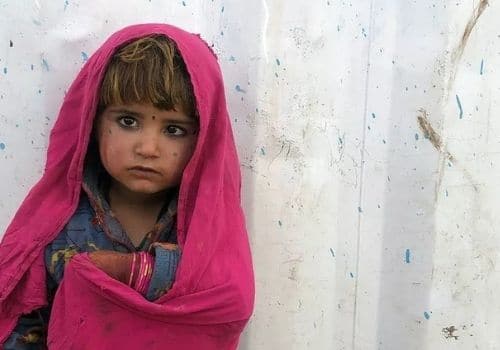
With Afghanistan ‘facing a humanitarian catastrophe’, this PRIO blog discusses why the protection of the civilian population demands cooperation with the Taliban.
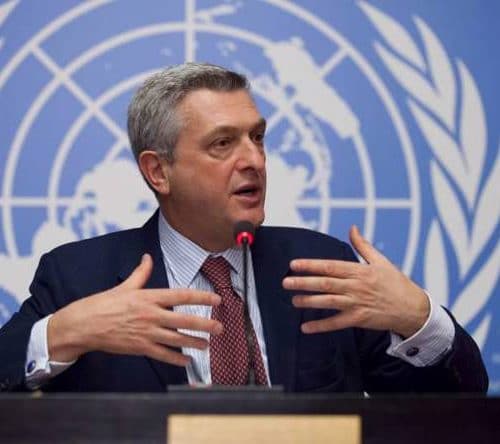
Earlier in March, the UN High Commissioner for Refugees visited Norway to participate in a panel discussion on how best respond to global displacement, co-hosted by the NCHS.
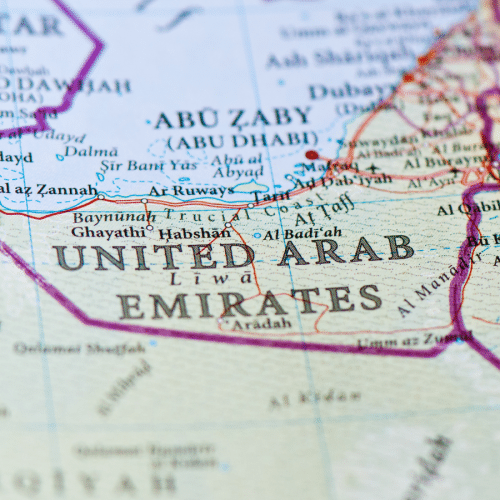
This NCHS paper explores recent trends in the international humanitarian regime and the rise of the United Arab Emirates on the world humanitarian stage.
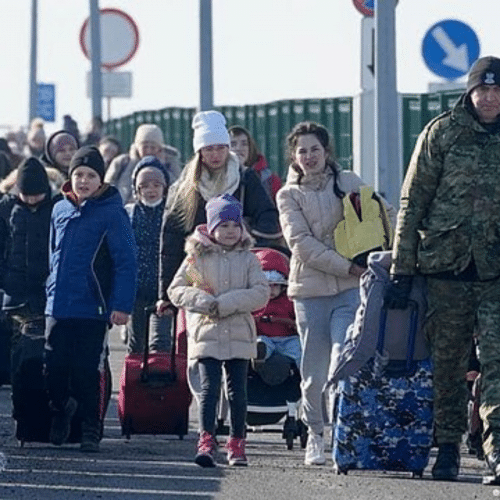
Over two million people have fled Ukraine following the Russian invasion. This blog reflects on the use of collective protection as a short-term solution to the protection needs of refugees from the war in Ukraine.
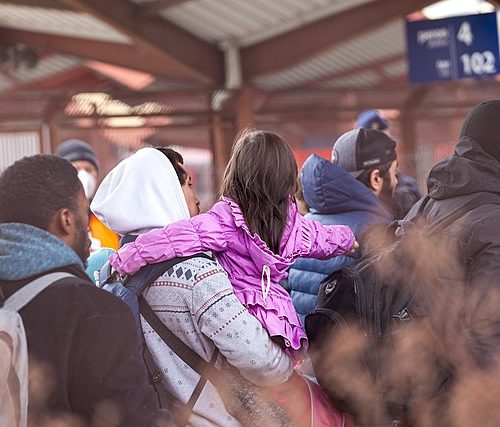
This blog for the Refugee Law Initiative surveys existing scholarship, history and refugee politics to offer initial reflections on forced displacement from Ukraine.
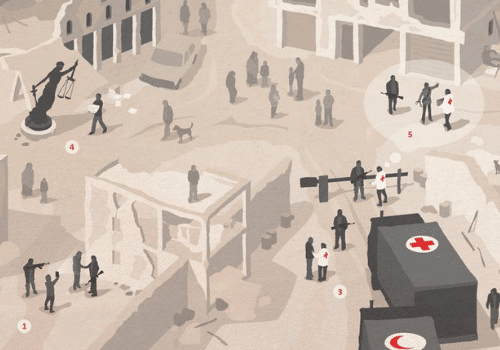
The Red Lines and Grey Zones: Exploring the Ethics of Humanitarian Negotiation project, hosted by PRIO in association with the NCHS, has officially launched.

With many people fleeing in the face of war in Ukraine, this PRIO blog offers reflections on mobility, inequality and solidarity.
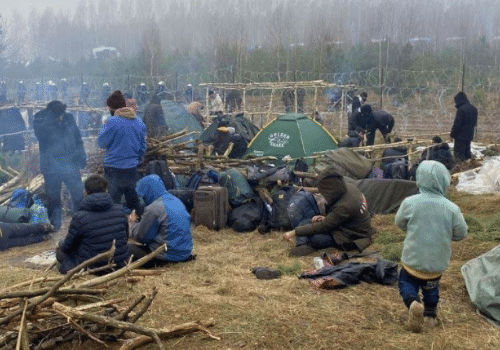
In this interview with the Public Anthropologist, Marta Bivand Erdal reflects on the ongoing crisis at the Poland-Belarus border.
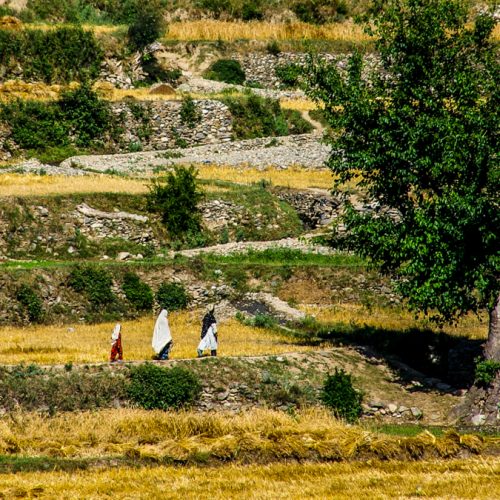
NUPI and SIPRI have released a fact sheet on how climate change impacts peace and security in Afghanistan.
A staggering 72 million children—17% of the 426 million children living in conflict areas globally, or 1 in 6—are living near armed groups that have been reported to perpetrate sexual violence against children. That means 3% of all children in the world are living at risk for sexual violence in a conflict zone.
This is one of the figures of wartime risk reported in Save the Children’s 2021 report ‘Weapon of War: Sexual Violence Against Children in Conflict’. The figure is based on a new study conducted at the Peace Research Institute Oslo (PRIO).
concerning upward trend
This background study not only reveals an alarming reality, it identifies a concerning upward trend. This is a global problem that requires urgent attention. There are too few studies focusing on this problem or systematically documenting how children are victimized by sexual violence – directly or indirectly, how prevalent this is, and what the consequences are.
Globally, we estimate that in 2019 about 426 million children lived in a conflict zone, 50 kilometers or closer to violent conflict events. In some of these conflicts, the armed actors commit acts of sexual violence. A large majority of the conflicts with reports of sexual violence in recent years also have reports of children among the victims/survivors of sexual violence by armed actors.
The Sexual Violence in Armed Conflict (SVAC) dataset provides systematic data on the reported prevalence of sexual violence, and which conflict actors have been reported to commit sexual violence against children. The updated SVAC data covers all armed conflicts in the years 1989-2019.
Due to data limitations we do not know exactly how many children have been victimised of sexual violence, only where it has been reported and how pervasive the problem seems to be. Based on this, and using specific information on the location and timing of conflict events and population density we estimate how many children live in areas where conflict actors commit sexual violence against children.
The figure of 72 million children reflects the specific risk associated with sexual violence by actors directly involved in armed conflict, and does not account for risk of sexual violence committed by other types of perpetrators, such as sexual violence by criminal gangs, peacekeepers, law enforcement, or domestic sexual violence.
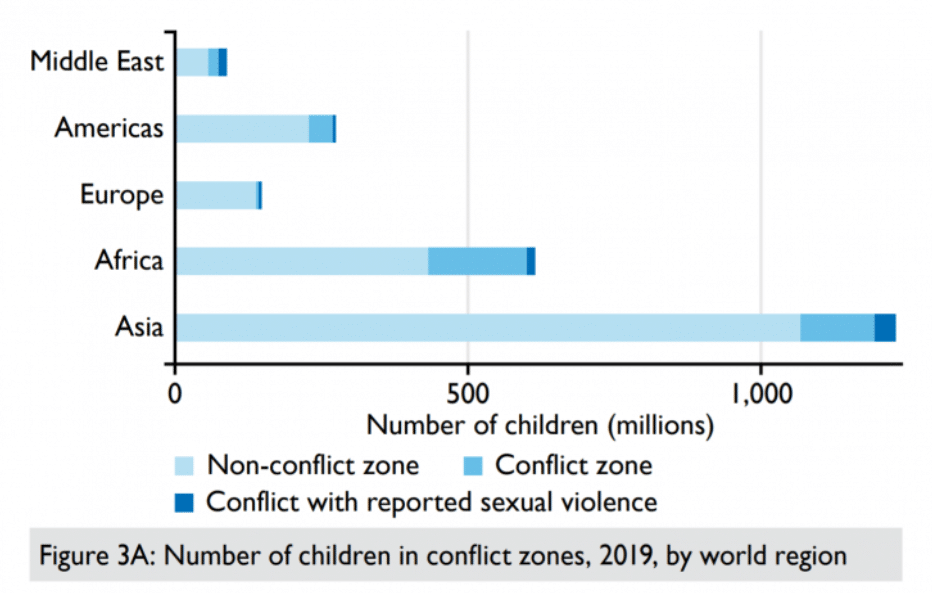
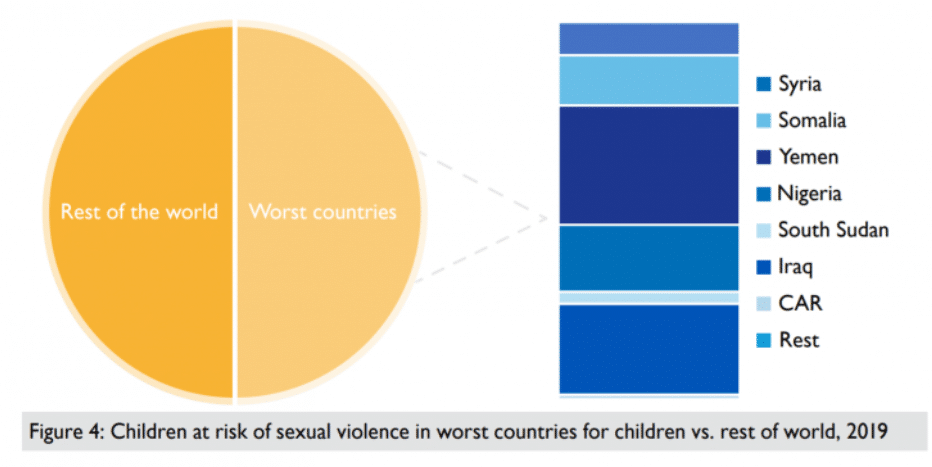
Sexual violence against children is a global problem that requires urgent attention. Policy makers, human rights defenders, and other actors need to devote more resources and dedicated attention to this vulnerable group of war victims to reduce the harm of war to children.
Specifically, we offer three recommendations:
As the child population at risk of wartime sexual violence seems to be increasing, the imperative to take action is more urgent than ever. As a member of the UN Security Council, and chairing the working group on Children in Armed Conflict, Norway now has a golden opportunity to contribute to this end. The Norwegian Minister of Foreign Affairs, Ine Eriksen Søreide, has promised to bring up the results from the report at the UN Security Council demanding that perpetrators of sexual violence in conflict be held accountable.